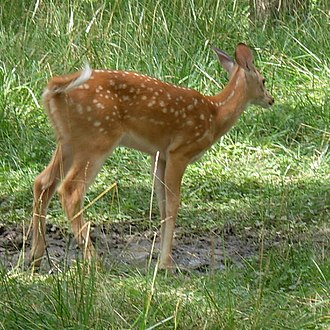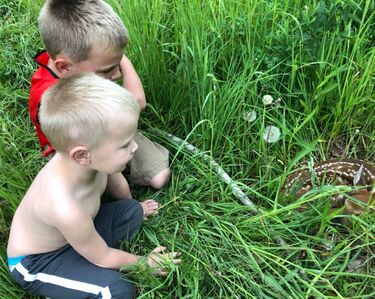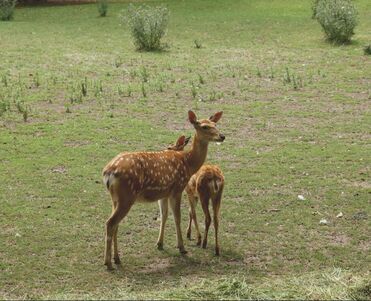 Photo: Wikipedia Photo: Wikipedia Each spring and early summer Facebook, and Instagram is loaded with pictures and videos of fawns (baby deer) and they are typically all the same. A cute little newborn fawn laying behind a woodshed, in a flowerbed, or some tall grass in the backyard. As humans living in the United States of course we must document everything and post away. However how close is too close? Fawns have almost no odor, so predators cannot smell them. Their white spotted coats provide excellent camouflage when they are lying on the forest floor. For the first week of life, frightened fawns instinctively freeze, making full use of their protective coloration. If you think about it what happens if that cute photo of a lifetime has fatal consequences to it is it worth it? Here is a list of reasons you should just admire from a far and keep it moving.
Most studies have come up with a fawn’s survival rate in the wild is between 33 and 68 percent. These studies were done over a 15-year period and over several different states and habitat conditions. Please do not make it even harder on the fawn to survive. Use common sense and keep in mind not to touch it under any circumstance and keep your distance because you never know if that Facebook picture may cause the life of a newborn deer. If you want more information or to speak with a wildlife biologist about a specific issue you are having or question you need clarification on, fill out the form below. Loomacres - 800-243-1462 Bringing Wildlife Management to a Higher Level ©
0 Comments
Leave a Reply. |
Sales & Marketing
|


 RSS Feed
RSS Feed